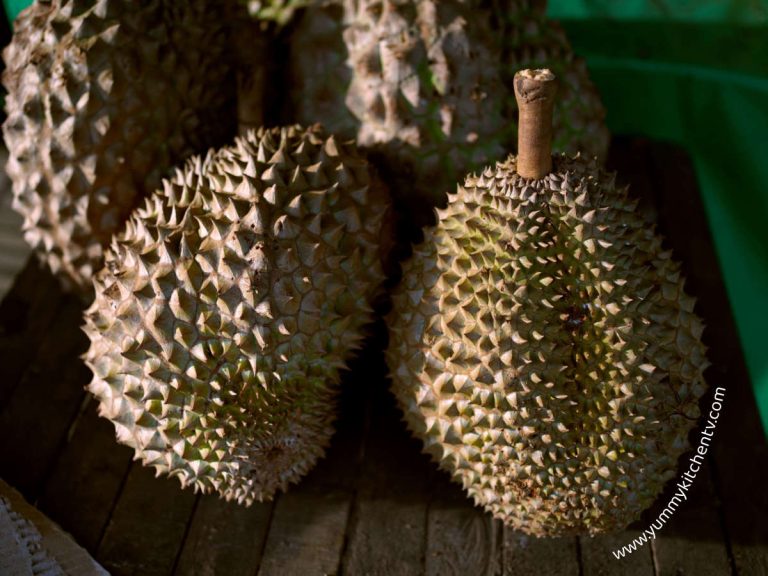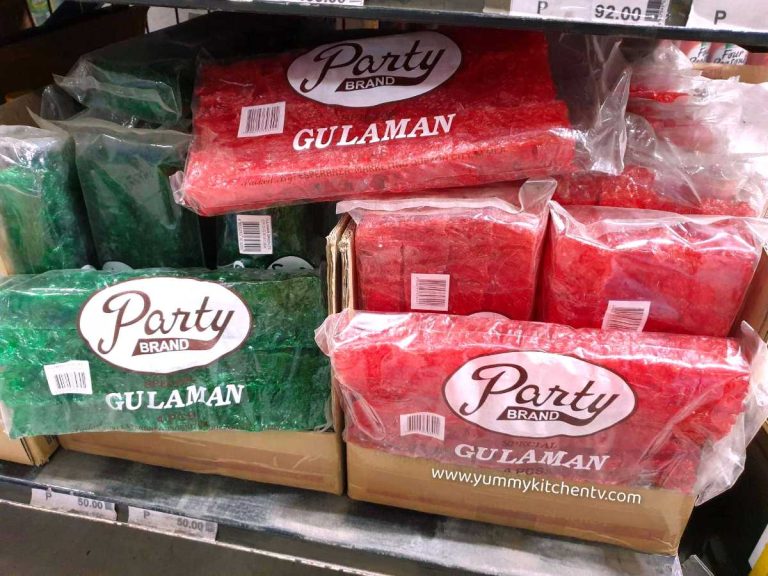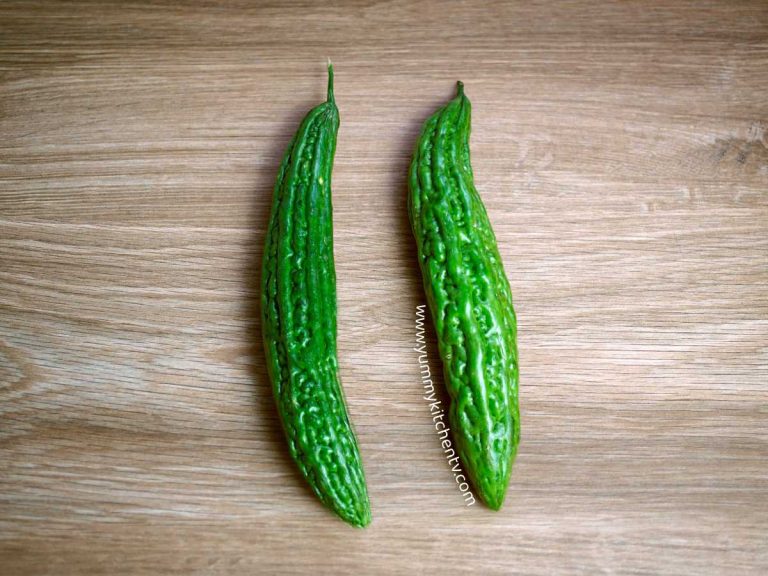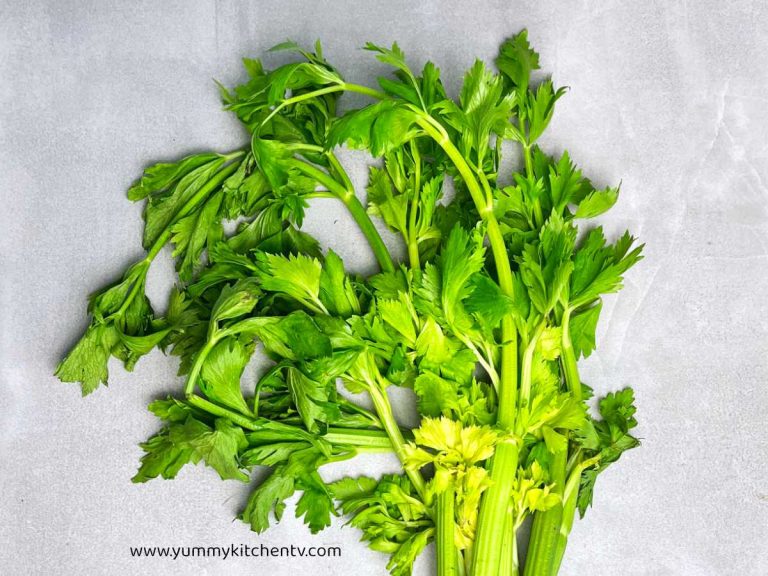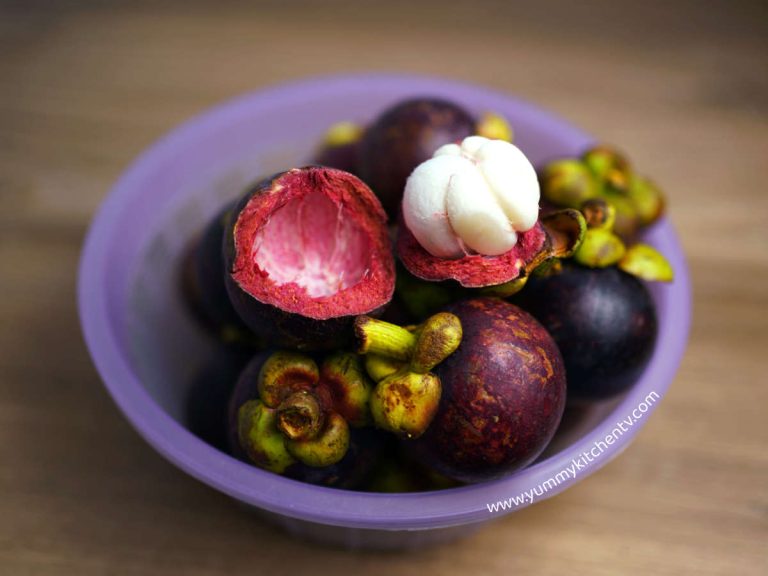Sugarcane – Naturally Sweet
The Sugarcane plant ( scientific name Saccharum officinarum), is a tall perennial grass of the Poaceae family, used in the production of sugar. Native to Southeast Asia, this tropical water intensive crop that stays in the soil for a whole year, these are used not only for sugar production, these are turned into drinks, syrups, sweets, as feedstock, used in bioproduct industries, as well as renewable energy. But compared to what it produces – the infamous but delightful sugar, why does it have more benefits to the body? What are its other uses?
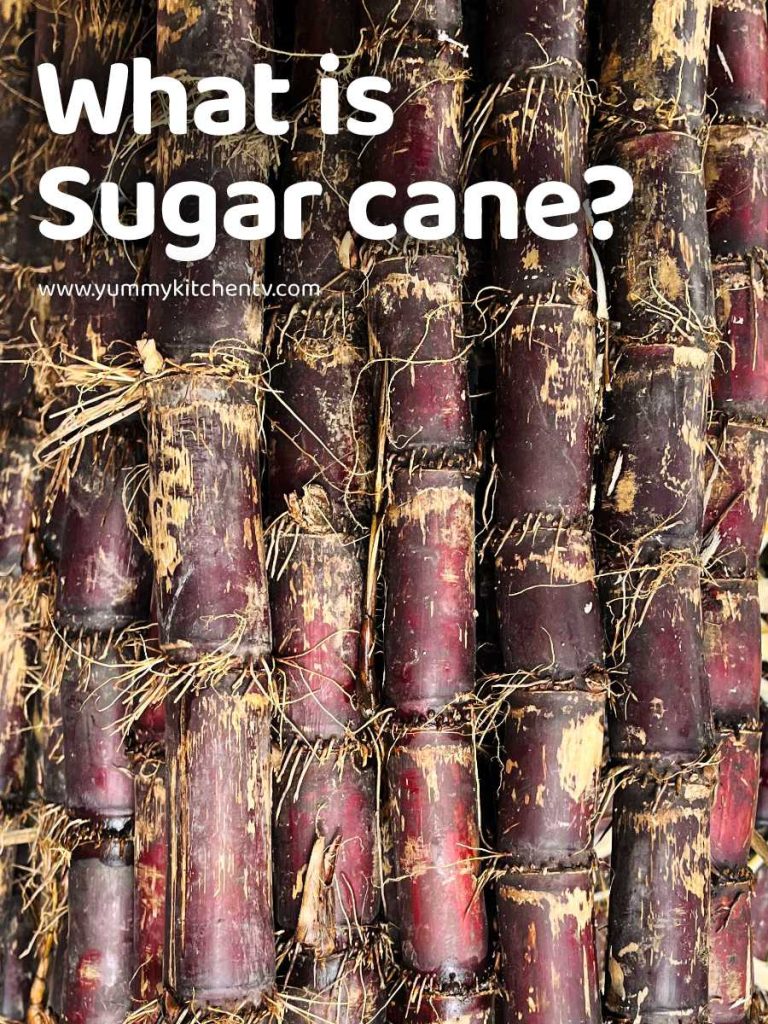
A short Introduction
Where did Sugar cane originate? Sugarcane belongs to the grass family or Poaceae, are economically important crops that include rice, wheat, corn, sorghum, and other forage crops. A native crop found in Southeast Asia and New Guinea, but can turn into by-products such as biofuel used in Brazil, and even ethyl alcohol. These originated from Papuan and Austronerian people, introduced to Madagascar, Polynesia, and Island Melanesia. Then to China and India during 1200 to 1000 BC. The Greeks and Persians encountered this crop they described as ‘reeds that produce honey without bees’. India, adopted these and spread sugarcane agriculture. Sugar became a luxurious and expensive trade, with more interest in sugarcane, plantations in South America, Indian Ocean, Caribbean, and Pacific Island Nations began popping up.
One of the thirstiest crops, these Sugarcane crops are found in tropical and subtropical areas, producing stalks that have the capacity to store crystallized sugar or sucrose. These can range at around 3 to 7 meters in height. Harvested, then transported to sugar mills for grinding with a hammer grinder, the fibers are poured over with hot water, crushed with a steam roller to extract the juice called ‘bagasse’ that can be used in fuel broilers to generate electricity. But to create the sugar, these are heated then filtered, repeated to create a syrup without the scum and impurities (leftovers are used as fertilizer). The syrup is heated till it separates from syrupy liquor, liquor, and sugar crystals. Heated again till the sugar crystals have doubled in the amount, dried, then graded from white, light brown, and brown sugars. The leftover sugary liquid called ‘molasses’ where all the health benefits are are usually sold separately or sent to a rum distillery. These being how sugar is made step by step.
The different sugars; Turbinado sugar vs Cane sugar? These differ as turbinado comes from the first press of juices from the sugarcane making it more flavorful and full of natural molasses. Cane sugar is ordinary processed or refined sugar. All in all Sugarcane products include; white sugar, light brown sugar, and brown sugar, sugarcane juice, molasses, sugarcane juice, wine, rum, sugarcane candy, biofuel, alcohol, and even biodegradable packaging. An unassuming crop that looks modest, but can be used in many ways from consumption, to daily use, and many more.
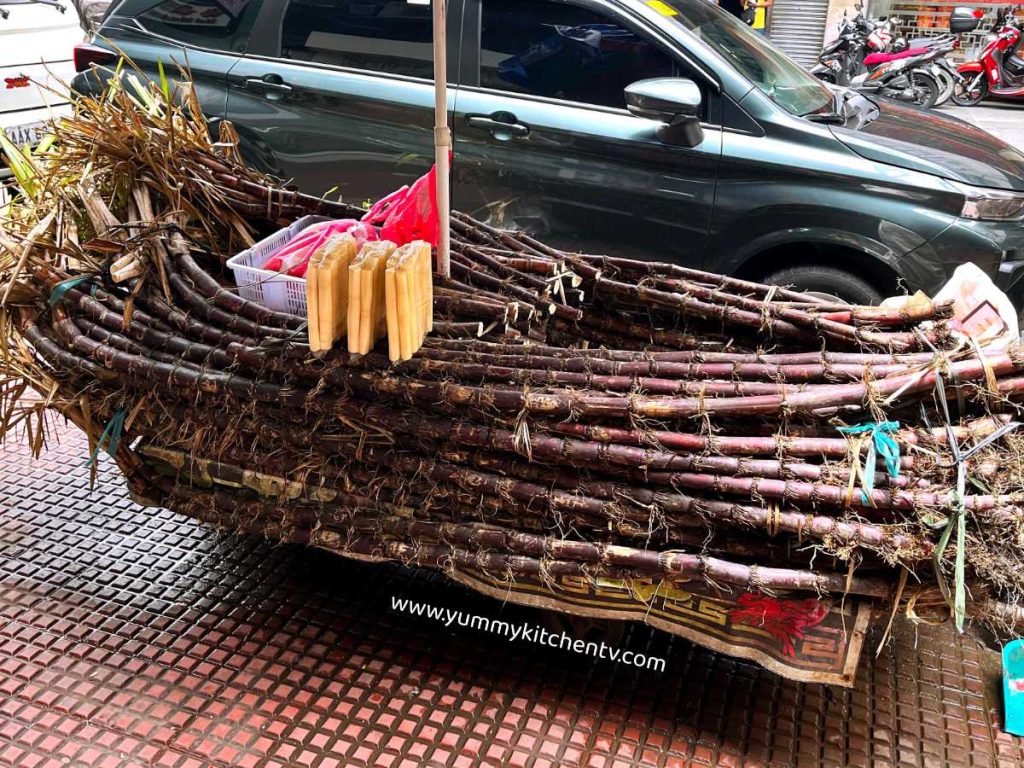
Sugarcane benefits
Sugar cane calories or a fresh raw stick with the skin removed have around 40 calories for 10 grams. A raw skinned cane or a fresh glass of sugarcane juice is actually very beneficial, even this sweet refreshing summer drink is better compared to its product of crystalized sugars. Being left with all the vitamins and nutrients. These are what sugarcane can help with:
- Delays premature aging, delays signs like fine lines and wrinkles since these are rich in antioxidants and flavonoids that fights against radical damage. Some tests even state that it can cure acne and oily skin.
- Prevents kidney stones and UTI (urinary tract infection), sugarcane is a natural diuretic, needed by the body to wash away infections.
- An Energy booster, even great for those who have diabetes. Drunk in moderation, these have a natural dose of sucrose, a cup is 70 to 75% of water. The best option when the body is craving something sweet.
- Fights bad breath and cavities, these help protect against tooth decay and strengthen the enamel of teeth. Being loaded with phosphorus, minerals and calcium.
- Protects the liver, sugarcane helps replenish lost nutrients and protein in the body. Is even used as a remedy for jaundice.
- Because it is packed with vitamins and nutrients like potassium, it also helps in digestion, and balances PH levels.
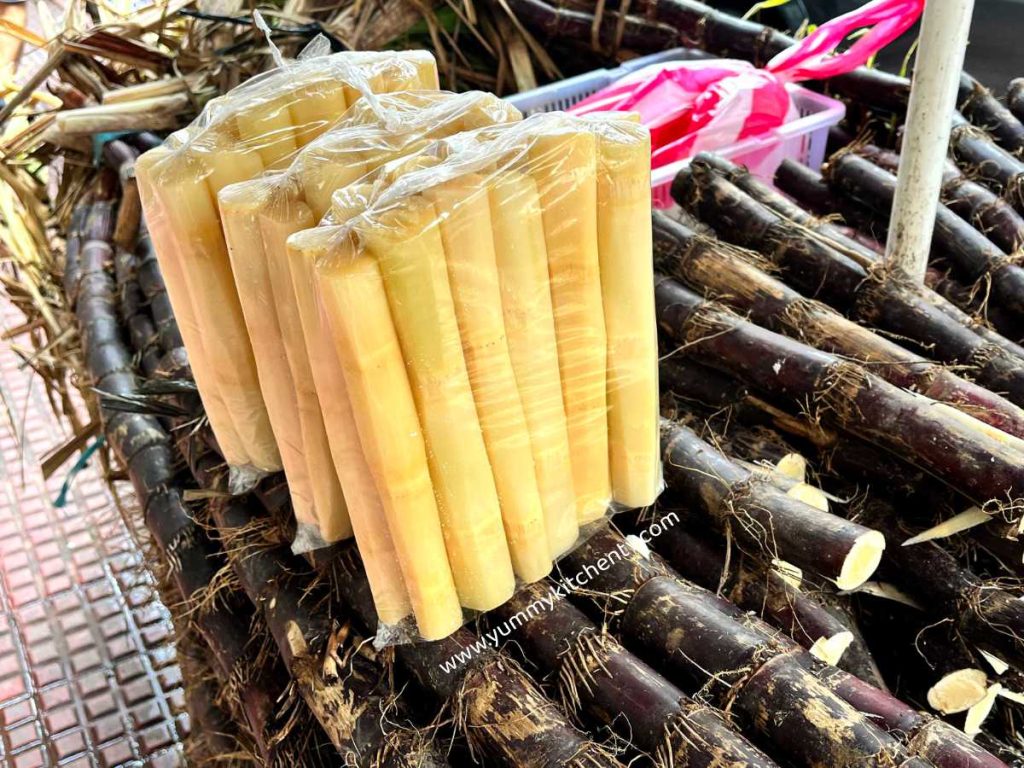
Uses of sugarcane
While the sugarcane might not be a food that’s commonly imported, its by-products are by far popularly used. But to reduce wastage of the crop, after it’s been squeezed out to create sugar, what else can it be made into? Here are some examples:
- Creates molasses, rum, and the Brazilian alcohol ‘cachaça’.
- Used to feed livestock.
- Turned into fertilizer, recycled fertilizers help in saving expensive chemical fertilizers.
- In Brazil, these are used to make ethyl alcohol, the leftovers from producing cane sugar; staw and cane fibers produce a second-generation biofuel.
- After the fibers that have been extracted and dried, can be turned into paper or placed in textile production.
- Many options of biodegradable packages are made with sugarcane fibers.
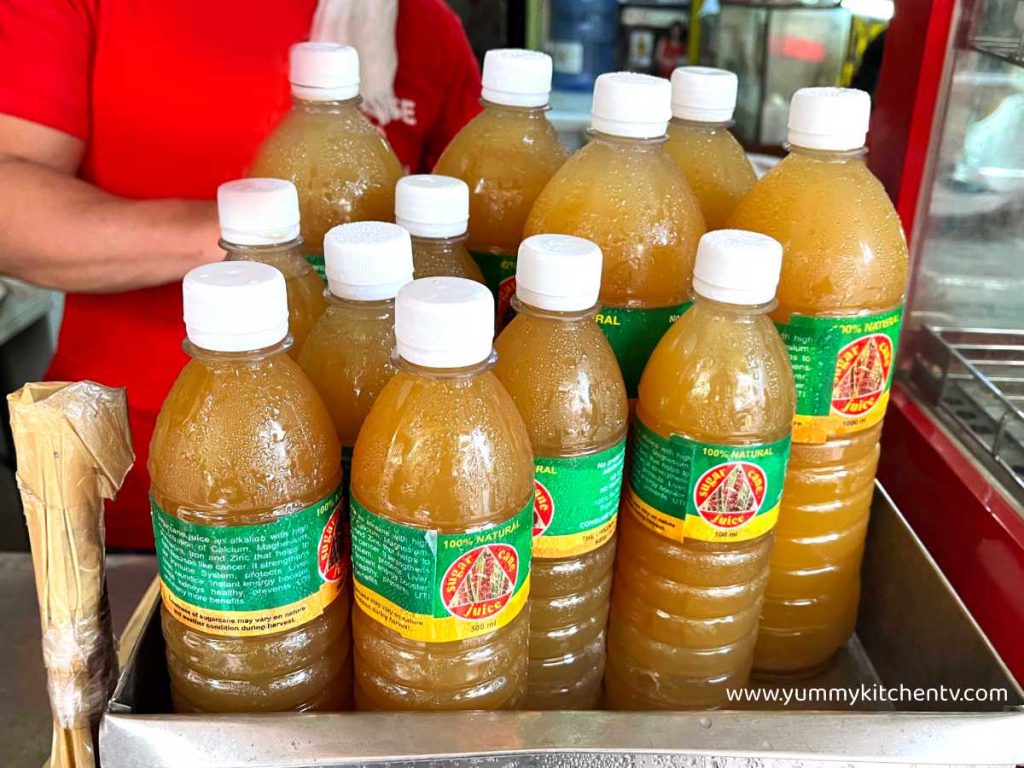
The Philippines’ Sugar Industry
Sugar-cane or ‘tubo’ in Filipino is one of the most ‘Favorable crop’ that perseveres and has even sustained some provinces like Iloilo during the pandemic. The sugar cane industry is one of the top crops that contribute to the Philippine’s economy. It expanded during 2022 with an increase of 78.8%, with Western Visayas being the major producer. Sugar has a long history in the Philippines, starting since being under the Spanish and American colonization, being used to create jaggery products, and traditional wine, sugarcane juice, and cane vinegars. These boomed and assisted with the economy’s growth. Once, being the largest importer of sugar to the United States. While it has shrunk down in production compared to its former years, the industry is still trying to stabilize and keep up with the demand, in and out of the country.
How to Eat Sugarcane?
- Similar to bamboo it has a hard skin, to peel the outer edge use a sturdy knife or machete. Carefully peel by slanting the cane slightly and gliding the knife with a bit of pressure to peel the skin till you see the white or creamy-white softer center.
- Once peeled you can take a bite and eat it as is. Some slice them into smaller bits to make it easier to chew. But rather than eating the whole thing. One would bite and chew to drink the juices that come out. Then throw away the leftover fibers.
- You DO NOT eat the fibrous part, this sweet delectable cane is chewed and sucked out of the juices NOT eaten.
- To make sugarcane juice; after slicing to smaller pieces, place them in a blender or strong grinder/ juicer. Juice or blend, then strain with a cheesecloth if there are too many fibers floating around.

#Sugarcane #TropicalIngredients #SweetTreats #NaturalSweetener #SugarcaneJuice #HealthySweeteners #PlantBased #CulinaryDelights #SugarcaneSyrup #TropicalFlavors
